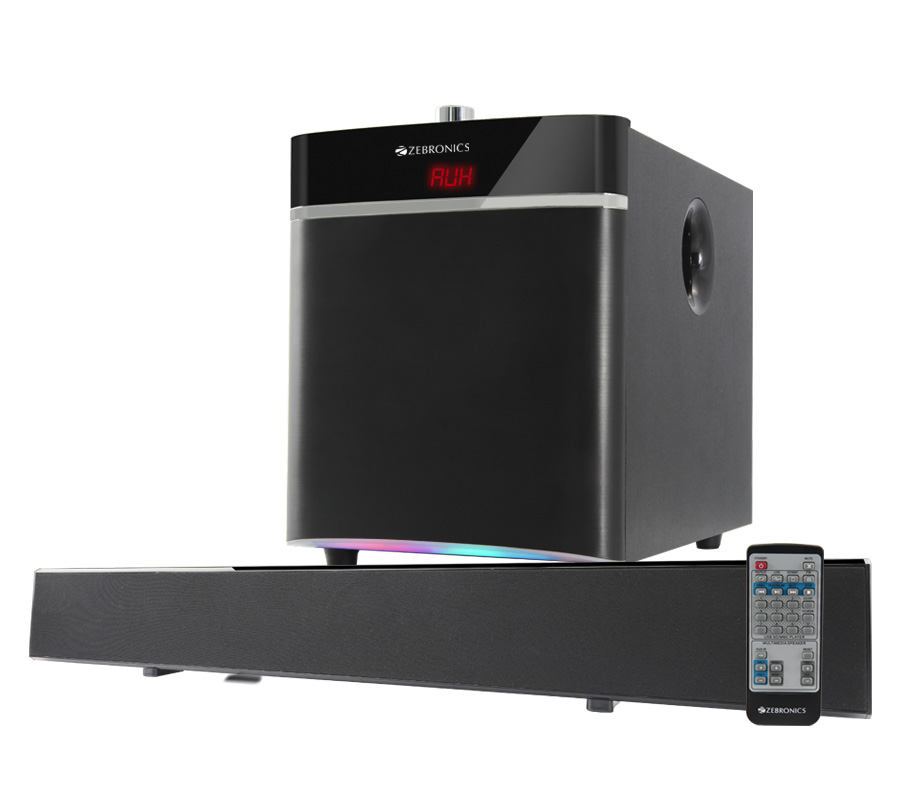LED Bazaar has talked about the latest technologies in LED drivers. An LED driver is a self-contained power supply that controls the  amount of current and voltage supplied to an LED light. The drivers respond to the changing input voltage while maintaining a constant current supply to the LED. They are commonly used for blinking, dimming and colour mixing of LEDs in various applications. Today, modified drivers equipped with the latest technologies, allows individuals to know about these drivers that are available in the market.
amount of current and voltage supplied to an LED light. The drivers respond to the changing input voltage while maintaining a constant current supply to the LED. They are commonly used for blinking, dimming and colour mixing of LEDs in various applications. Today, modified drivers equipped with the latest technologies, allows individuals to know about these drivers that are available in the market.
As LEDs are available with different power ratings, the drivers must produce different constant currents to operate them. Single-watt LEDs require a constant current of 350mAh, while 2W LEDs need 700mA. The maximum output voltage of a driver, thus, determines the number of LEDs that can be operated in series. When the voltage is high enough to supply the desired number of LEDs, buck drivers are used. However, when the voltage is too low, boost drivers are required.Though, in some cases, a combined driver type is needed.
Drivers can enable dimming, colour changing or sequencing of LEDs based on either preset commands, the presence of someone in a room or manual commands. Most LED drivers are compatible with commercially available 0V to 10V control devices and systems like occupancy sensors, photocells, wall box dimmers, remote controls, architectural and theatrical controls, and building and lighting automation systems.
TRIAC dimmers provide a phase-cut sine wave that deteriorates to current pulse if the device is dimmed too much. The two circuits interfere with each other. As there are many TRIAC dimmers installed in homes and offices, and nobody wants to spend a lot of money replacing them when shifting over to LED lighting, engineers have solved this problem by developing a driver that is tailor-made for existing lighting control systems. With such a driver, it is now possible to dim LEDs continuously and without flickering to zero.
Today’s high voltage drivers can supply up to 17 LEDs in series with constant currents between 350mAh and 1200mAh. One of the most common mistakes is to connect too many LED strings in series.
While making a purchase decision, one key factor to be kept in mind is whether the product is the constant current or constant voltage type. It is very important to also consider Indian climatic conditions. If used in India, this driver must be designed for universal input, since the high voltage fluctuations can result in malfunctioning of the instrument. The higher the efficiency, the lower the power consumption will be. If there is a huge gap between the output wattage of the driver and input of power consumption, then the instrument is not very efficient. Other factors that one should look for are low voltage and high voltage protection and isolated and non-isolated technology. If one buys an instrument based on one’s requirements, it can help in cutting down power consumption.





